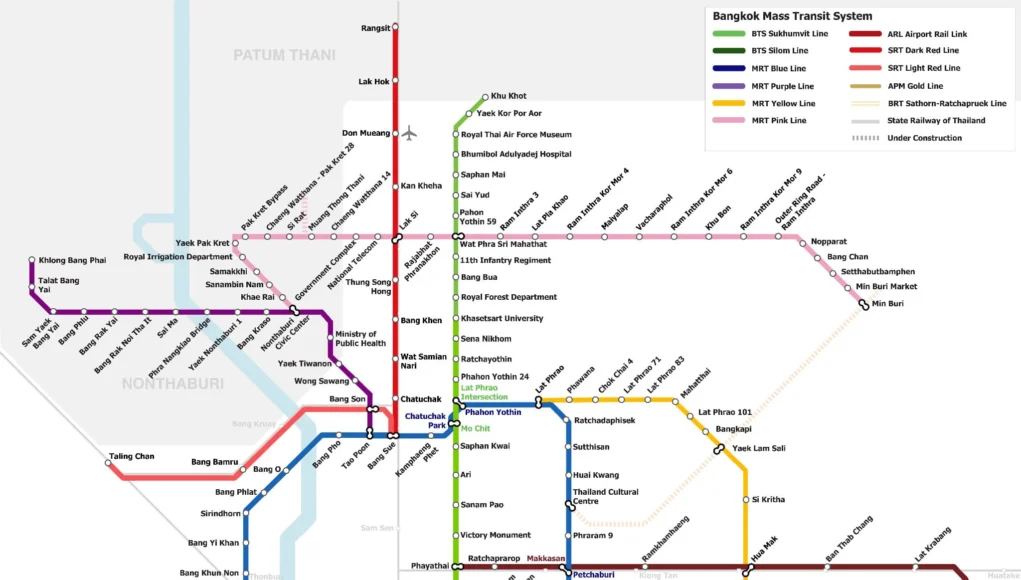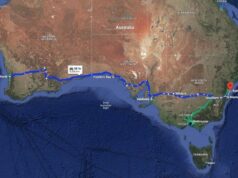Bangkok is a whirlwind of a city, with an incredible energy that’s both thrilling and overwhelming. Yet, if you have ever been stuck in a taxi during rush hour, you understand how important finding a faster way to move around is. This is precisely where the Bangkok BTS Skytrain and the MRT underground metro come in. To explain, these efficient, affordable, and air-conditioned train systems offer the perfect solution to the city’s notorious gridlock, helping travelers explore Bangkok’s most popular attractions with ease.
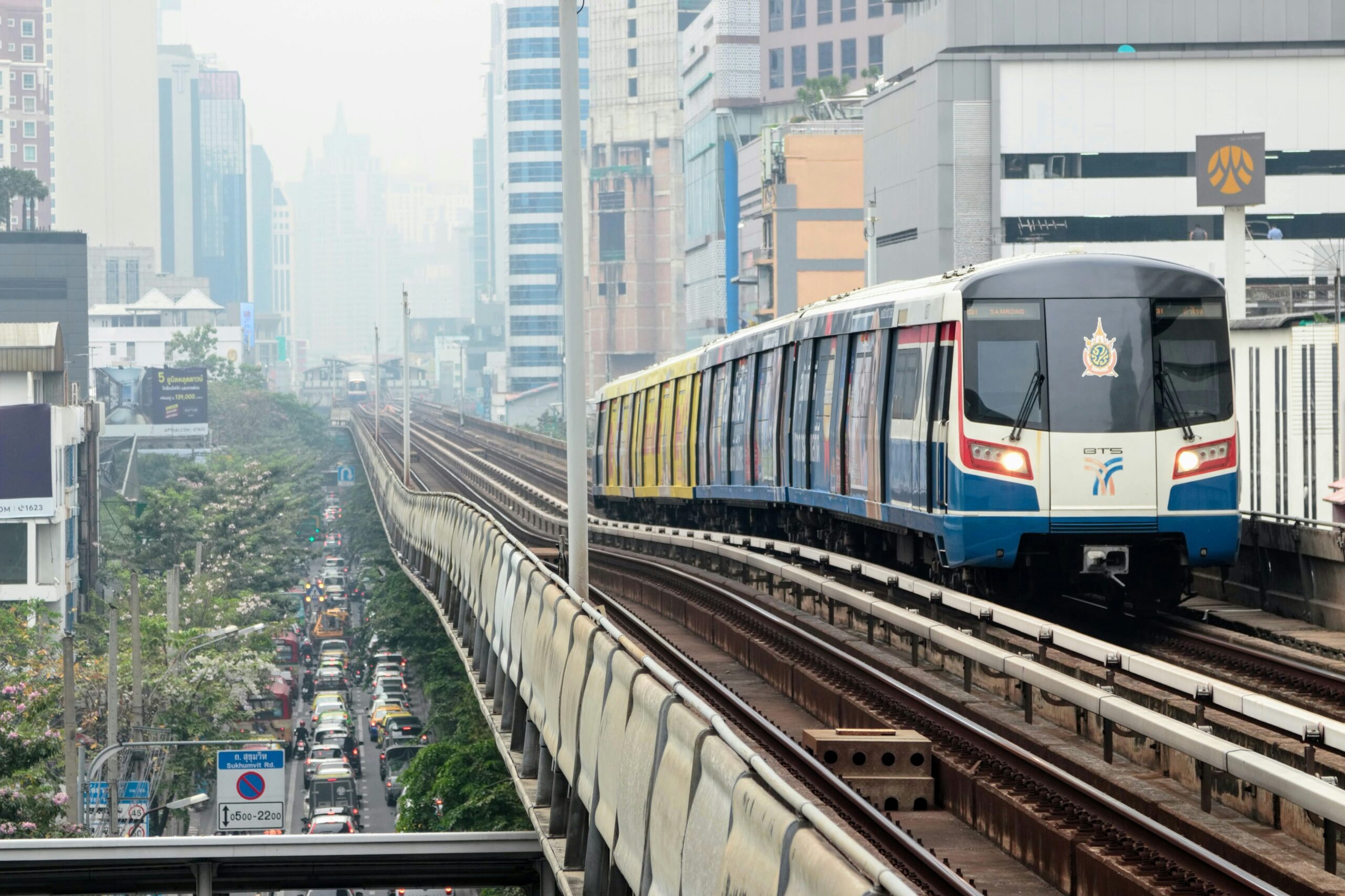
The BTS and MRT: Your Key to Bangkok
Bangkok’s two main train systems operate seamlessly to provide extensive coverage. For instance, the BTS Skytrain is an elevated system that glides above the traffic, connecting major commercial and nightlife districts. Meanwhile, the MRT is a modern, clean underground metro, serving key cultural and residential areas. Although different companies operate them and they require separate tickets, they connect at several key interchange stations. This makes switching between them incredibly simple.
Why Choose the Trains Over Taxis?
The BTS and MRT offers clear advantages for any visitor:
- Beat the Traffic: Bangkok’s traffic jams are legendary. Fortunately, the trains bypass this congestion entirely, ensuring you reach your destination faster.
- Affordability: Fares are budget-friendly, typically ranging from 16 to 59 THB per trip. This, in turn, makes them a cost-effective alternative to taxis or tuk-tuks.
- Comfort: The train cars are air-conditioned, providing a welcome break from Bangkok’s heat and humidity.
- Easy Navigation: All signs, maps, and announcements are provided in both Thai and English. Consequently, navigation is straightforward for tourists.
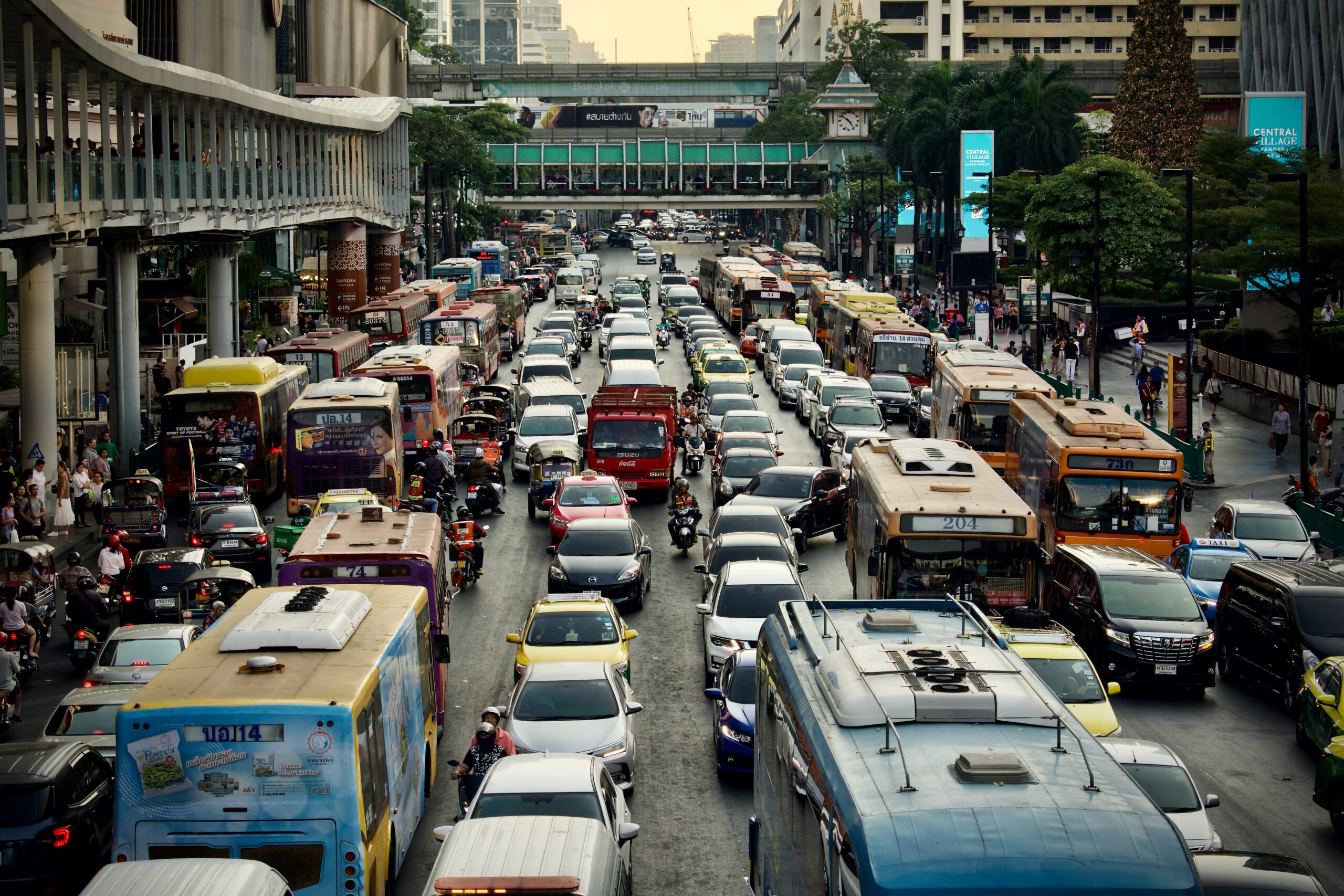
Using the BTS and MRT
Travel by Bangkok’s train systems is a simple process. First, follow these steps to begin your journey.
Buying a Ticket
You can purchase a single-journey ticket (a token for the MRT or a card for the BTS) at the station. Ticket vending machines are available, and they accept coins and, in some cases, banknotes. If you do not have small change, you can get it from the ticket counter. Furthermore, if you plan to use the trains frequently, you should consider a stored-value card for convenience. The BTS uses the Rabbit Card, and the MRT has its own rechargeable card. These cards save you time, since you can bypass the ticketing queue by simply tapping your card to enter and exit the gates.
Navigating the Stations
Once you have your ticket, find the entrance gate marked with a green arrow. For the BTS, you insert your card into a slot at the turnstile and retrieve it as it pops out. In contrast, for the MRT, you tap your token on the sensor. After passing through the gate, follow the signs to your platform. The trains are clearly labeled with their destination and line name, and digital screens inside the cars display the route and upcoming stations.
Getting Off the Train
When you reach your destination, you must use your ticket again to exit the station. With a single-journey ticket, insert the card or token into the slot at the exit turnstile. On the other hand, if you are using a stored-value card, you simply tap it on the sensor at the gate.
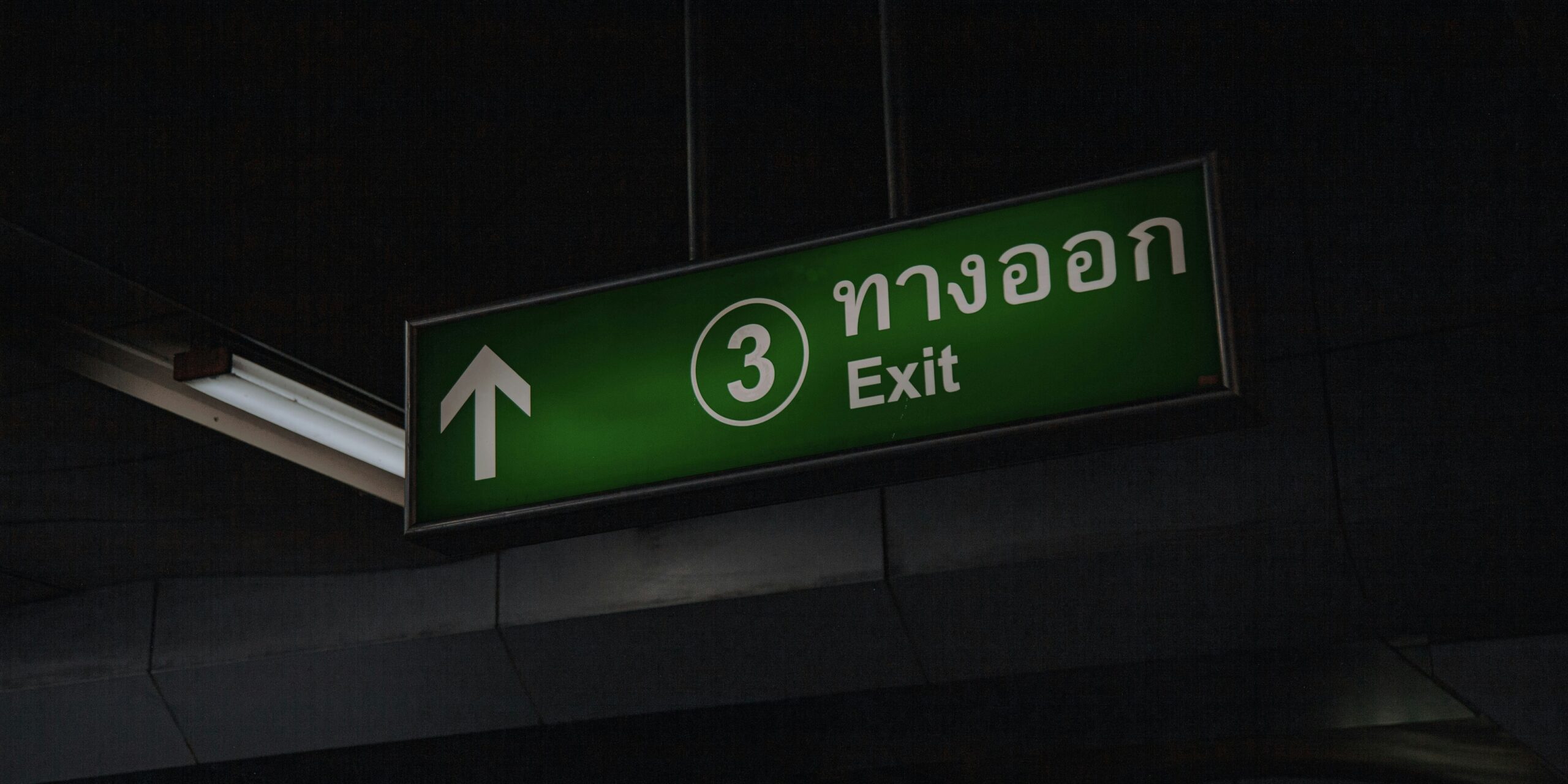
Popular Places Accessible by Train
Bangkok’s train network makes it easy to reach many of its most famous spots:
- Shopping Districts: The BTS serves the central shopping hub of Siam, with huge malls like Siam Paragon and MBK, and the popular Asok area, which features Terminal 21.
- Weekend Markets: Take the BTS to Mo Chit or the MRT to Chatuchak Park to reach the massive Chatuchak Weekend Market, a must-visit for shoppers.
- Cultural Sites: The MRT Blue Line is perfect for reaching Bangkok’s historic Old Town. You can get off at Sanam Chai for the Grand Palace or Hua Lamphong for Chinatown.
- Parks and Nightlife: The BTS and MRT connect at Silom and Sala Daeng, giving you access to the lively nightlife of Patpong and the green space of Lumpini Park.
Tips for a Smooth Trip
- Avoid Rush Hour: Trains become extremely crowded during peak commute times (typically 7–9 AM and 5–7 PM). If you can, travel outside of these hours.
- Have Small Bills: Many of the older ticket machines only accept coins. To avoid a hassle, have some small bills or coins ready.
- Follow the Rules: Bangkok’s trains have specific etiquette. Stand on the right side of escalators, and always offer your seat to monks, the elderly, and pregnant women. Eating and drinking are prohibited in the stations and on the trains.


